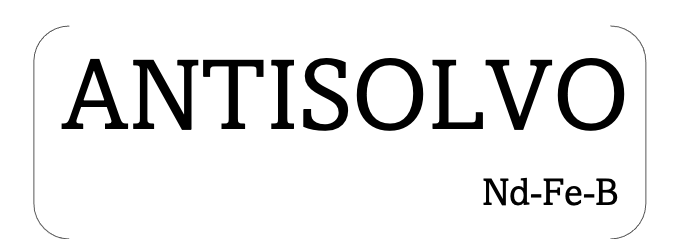Recently Europe has set ambitious climate targets, as embedded in “The European Green Deal” (EC, COM(2019)640). To drive this transition to a climate-neutral economy, Europe will need a sustainable and secure supply of a host of key technology metals, which are essential for large-scale renewable energy production and storage as well as the electrification of mobility. However, key metals such as rare earths and cobalt have been classified by the EC as “critical raw materials” (CRMs). To overcome Europe’s dependency on CRMs, urban mining and recycling have been put forward as one key strategy next to primary mining and CRM substitution.
The primary objective of the ANTISOLVO ERA-MIN2 project is to take a new concept, antisolvent precipitation, and apply it to the indirect, chemical recycling of End-of-Life rare-earth based permanent magnets that are contained in both electric vehicles, direct-drive wind turbines and a multitude of consumer electronics (incl. smart phones and laptops). The envisioned ANTISOLVO recycling flowsheet intends to selectively separate the rare earths (REEs) from a Nd-Fe-B magnet leach liquor (WP2), which will also contain iron, cobalt and other metals. The latter are recovered in a second step using ion exchange and extraction chromatography (WP3). The required organic antisolvent is recycled and fed back to the antisolvent precipation unit operation. To understand and maximize the effectiveness of antisolvent precipitation for REEs and to support the overall flowsheet development, WP4 smartly integrates advanced characterization techniques, incl. extended X-ray absorption fine-structure (EXAFS) spectroscopy and transmission electron microscopy. As a secondary objective ANTISOLVO targets new ways to engage with the general public through the medium of “circular economy video clips” to change attitudes to End-of-Life devices such as smart phones or laptops (WP5-6).

